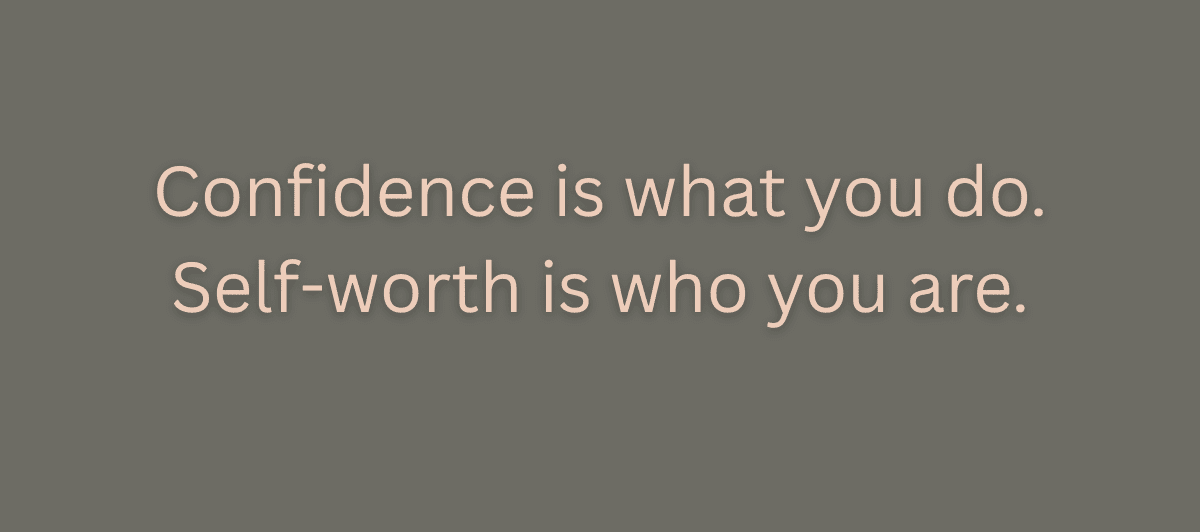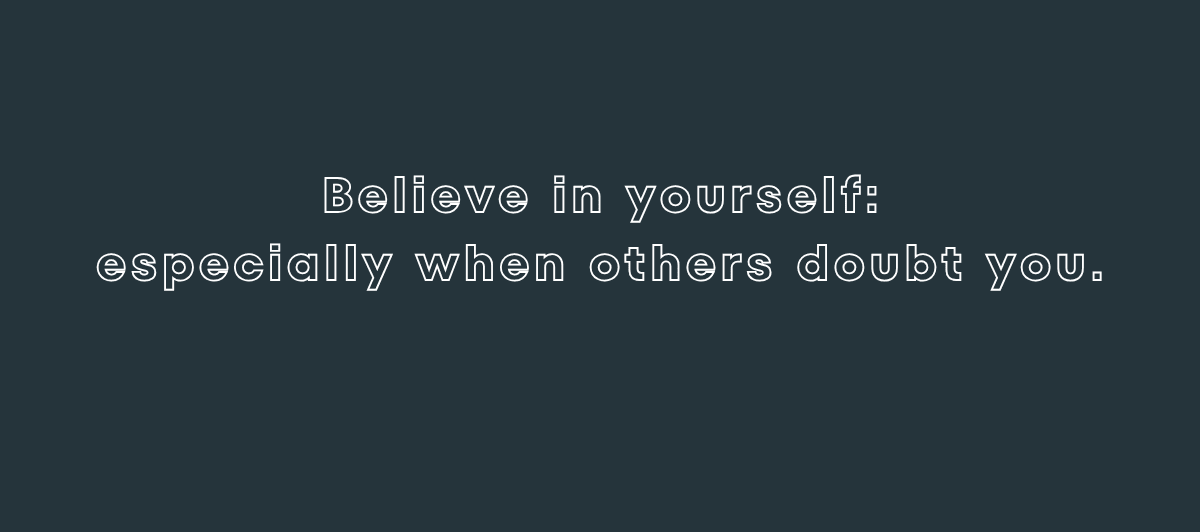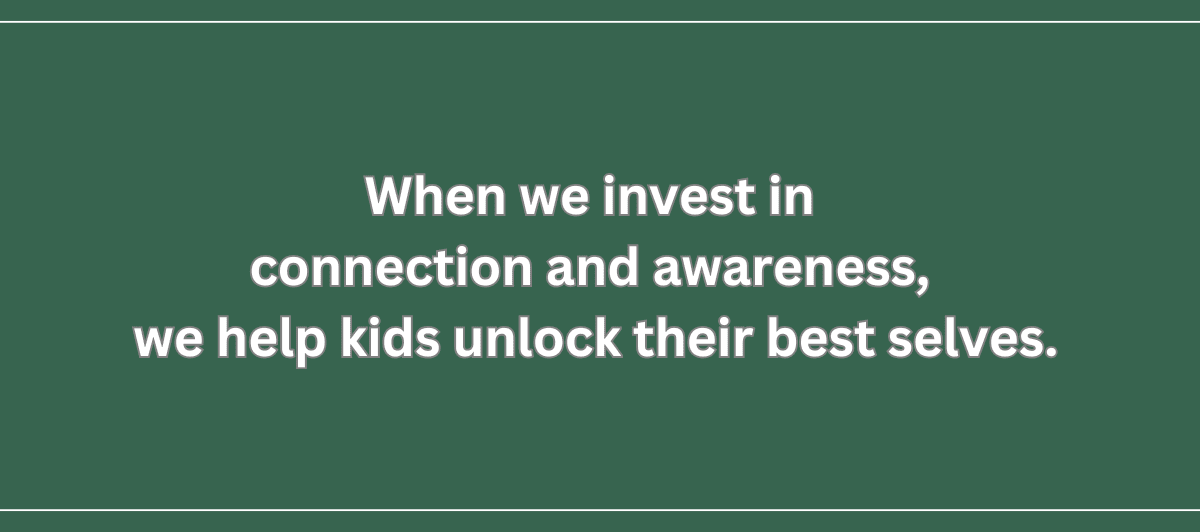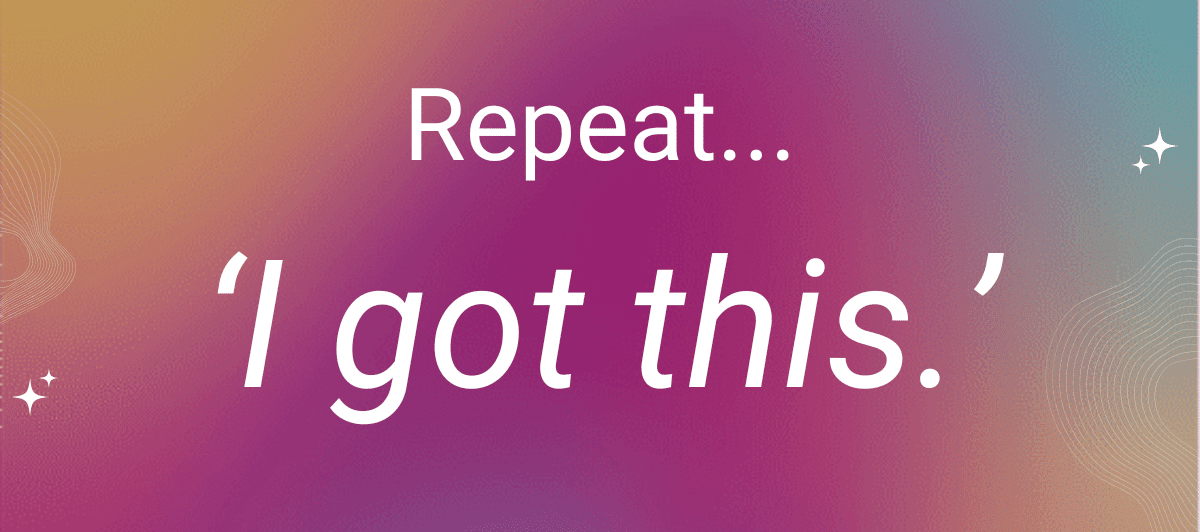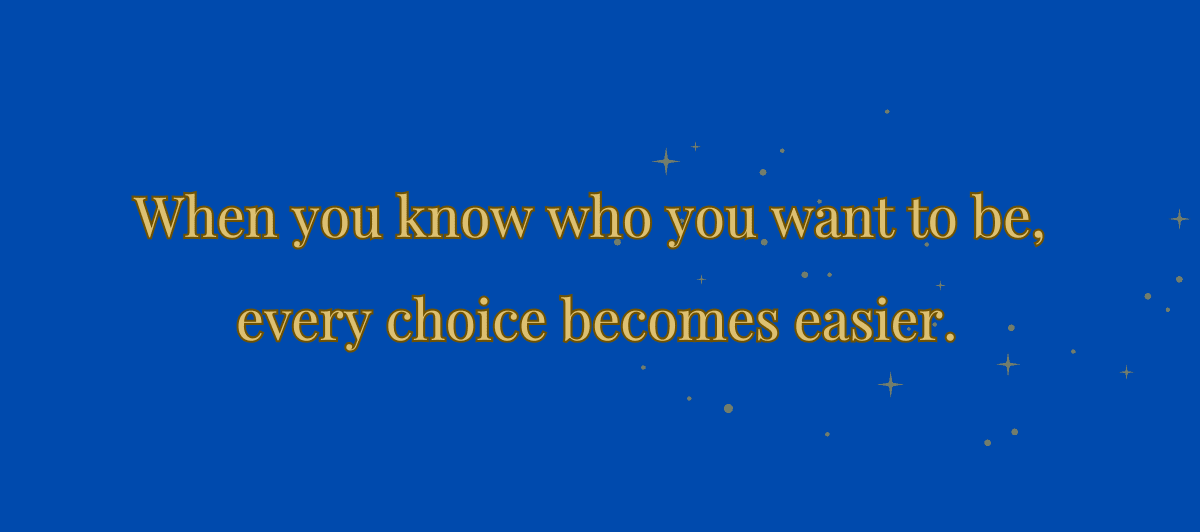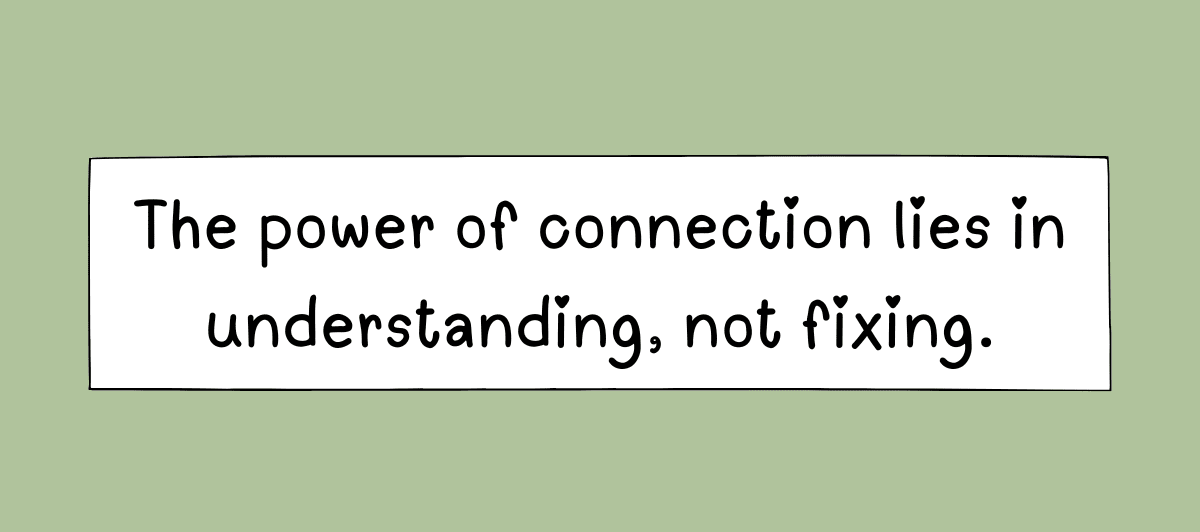
How to Help Kids through Anxiety
Help kids through anxiety- and remember – it doesn’t just affect kids— it shows up in all of us when life feels uncertain, overwhelming or just too much to handle.
The night before a school presentation, my son was feeling really anxious. He was quieter than usual and snapped at me over something small. Instead of going straight into fix-it mode, I sat beside him, put on my detective hat and asked, “Could it be that you’re worried about the presentation tomorrow?”
He nodded.
Then I followed up with, “Is there something you’re feeling uncertain about?”
That gave him the space to open up. He told me he was scared he’d forget what to say in front of the class—and that people might laugh at him.
Saying it out loud didn’t make his anxiety go away—it just made it feel a little less overwhelming.
That moment reminded me that when anxiety shows up, it’s not answers we need first—it’s connection. And sometimes, the right question makes that connection possible.
These two questions help when anxiety shows up for me or my son:
1. What do I fear I don’t have control of?
2. What am I feeling uncertain about?
This is what I know: These questions don’t fix everything. They do bring clarity when life feels overwhelming, messy or tough to manage. If you’re looking for a simple way to help kids through anxiety, try starting with a pause and the right question. It can make all the difference—for you, and for your kids.
Until next time…


